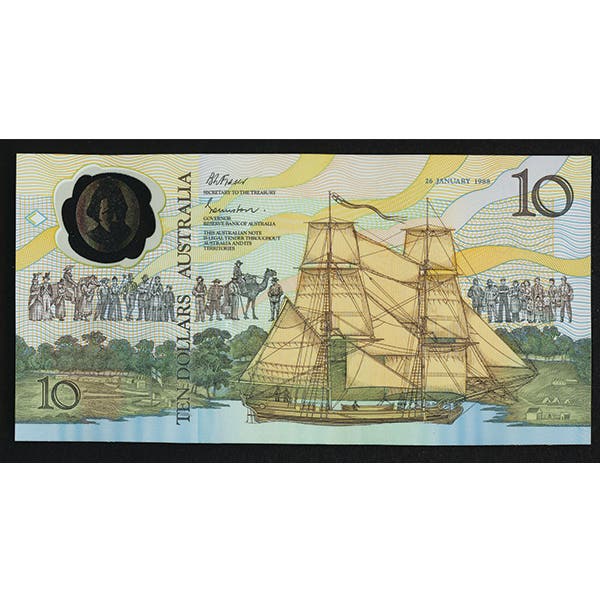Don
If you were a football coach would you make your “play book” available to the opposing team? The answer is obviously “no” as that would enable the opposing team to better compete against you.
This article was originally printed in the latest issue of Numismatic News.
>> Subscribe today!
If you were a football coach would you make your “play book” available to the opposing team? The answer is obviously “no” as that would enable the opposing team to better compete against you.
As crazy as the above scenario may seem, that is exactly what the numismatic community is doing each time it makes information available that enables counterfeiters to produce a better product.
I am certainly not faulting the numismatic press, which publishes such information, as their intentions are good. However, instead of working with the counterfeiters, we must work against them. We can no longer ignore the elephant in the room and should most certainly stop feeding him peanuts.
At this time, information regarding counterfeit detection is readily available to all who wish to find it. To me, this is comparable to sharing arms and ammunition with an opposing army.
While we must inform the numismatic community how to detect counterfeit coins, it must be done in such a way as to keep counterfeiters from using this same information against the ones it was intended to protect.
To this means let me suggest a possible solution. I feel it would be beneficial to the numismatic community if information regarding counterfeit detection was treated as a business threat confidential information. In other words, treated with security and only released on a “need to know” basis to authorized personnel. By doing so, this would limit the counterfeiter’s ability to know which fakes have been identified, and how, making it more difficult for them to improve their products.
To the person who insists on having information regarding counterfeit detection readily available, let me ask you this. What value does this information have once placed in the hands of a counterfeiter? The “markers” noted that help identify the counterfeit(s) will certainly be corrected, the result being a more deceptive counterfeit. What value would Colonel Sanders’ fried chicken recipe have if it was available to everyone? The answer is quite obvious. The numismatic community must contain this “leak.” Counterfeiters cannot use information they do not have.
While the noted recommendation may seem drastic, unfortunately the implementation of such a plan is necessary in our battle against counterfeiters. In order to implement this program we must first ask the following questions. Who will be the caregivers of this information? Who will have access to this information? How will this information be stored and shared?
Let’s look at each in turn. Who will be the caregivers of this information? I feel the caregivers should be the certification services as it is their business to distinguish a genuine coin from a counterfeit coin. They are our first line of defense against the counterfeiters. They are the “go to” group for the established dealer, experienced numismatist or beginning collector.
On to our second question. Who will have access to the information? I feel this group should consist of any established coin dealer, as well as established ANA members. For the purpose of this proposal let’s define “established” as five years or more.
I would further suggest that any established coin dealer or ANA member who is part of the group be allowed, upon their personal recommendation, to add a numismatist to the group. This would essentially offer access to those with a legitimate need to have the information while making it more difficult for the counterfeiters to know which of their products we can identify and how. It would also encourage those who are not ANA members to join as well as encourage those who do not have a “dealer relationship” to start one.
Let us now address our last question. How will this information be stored and shared? I would suggest the use of a secured website. While much could be said about the design and features of the proposed website, I do not wish to get off point.
The idea of a proposed website begs the question, who will run the website and how would it be funded? I recommend the website be run by the certification companies or the ANA. While there would certainly be some additional costs in relation to certification fees or ANA dues, that is a small price to pay for what the numismatic community would receive in return.
To make this work a hobby commitment would be required by the numismatic press, certification companies, dealers and collectors.
In conclusion, this possible solution may be inconvenient to some, but we must look at the bigger picture. We must look at the greater good and do what is best for the future of our hobby.
Are we, as a group, ready to stand up and take action? If not, then we deserve what we get.
Richard L. Francis Jr. is a hobbyist in Cape Girardeau, Mo.
More Coin Collecting Resources:
• Subscribe to our Coin Price Guide, buy Coin Books & Coin Folders and join the NumisMaster VIP Program









